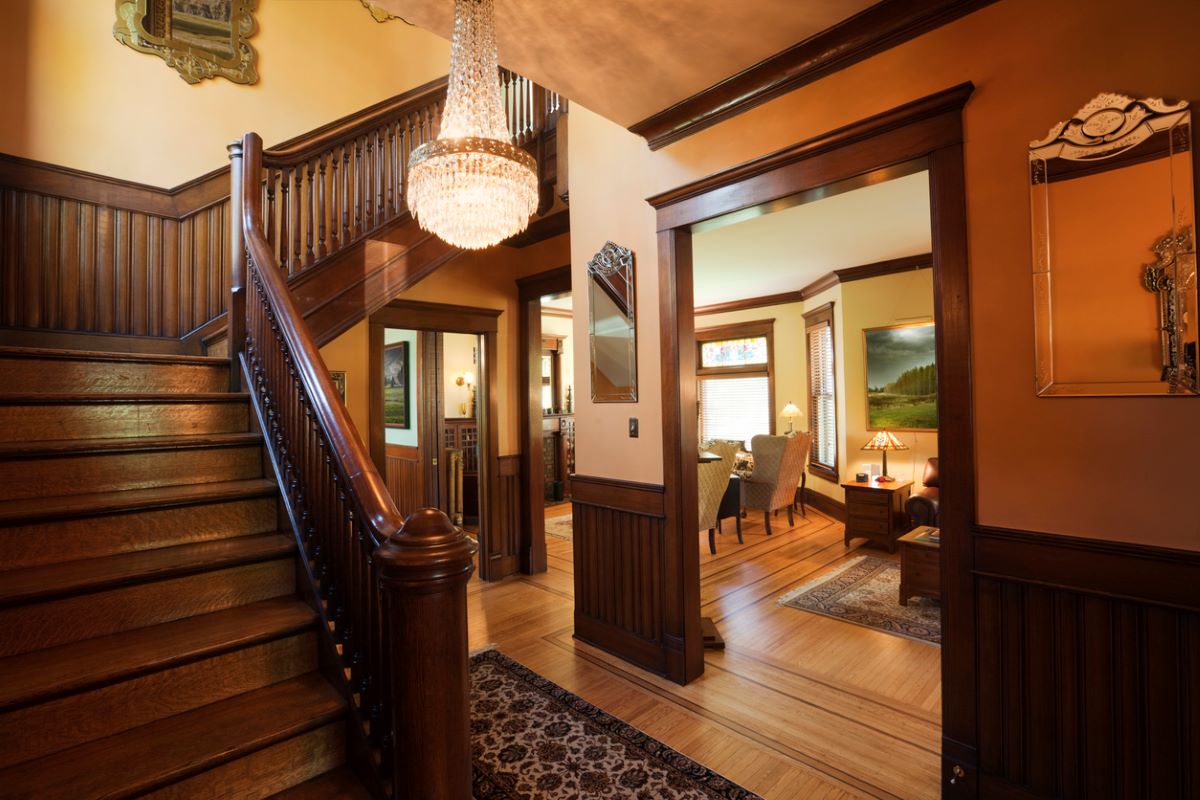

We may earn revenue from the products available on this page and participate in affiliate programs. Learn More ›
Harness the Magic and Mystery of Old Homes
Enticing old-home components are the stuff of beloved childhood books and classic movies: secret stashing spots, laundry chutes, bookshelves that swing open to reveal an entirely hidden room. But can they also be incorporated into your modern home? In some cases, yes!
Chances are your home has its fair share of “dead” space that’s just waiting to be transformed into secret hiding places or clever storage spots. A full-length mirror that opens to reveal an array of jewelry, safe in its shallow case. False bottoms or false backs that steal a little space from an ordinary drawer. A toe-kick compartment installed at the bottom of any built-in. Narrow, vertical, pull-out storage shelves tucked between cupboards in the kitchen.
With a little imagination, you may be able to create magic and mystery just by looking carefully at each room’s crannies and corners. For inspiration, here are some of our favorite features from houses built back in the day.
Dumbwaiters
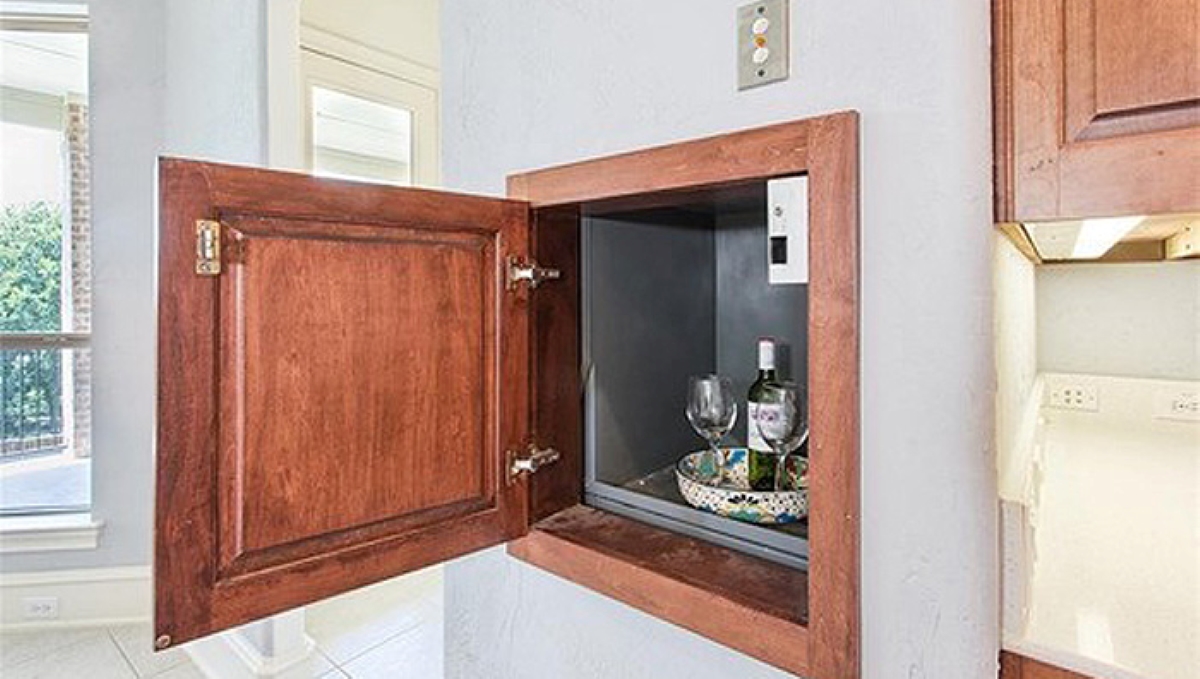
Dumbwaiters are like little elevators, just for food (usually). In this context, “dumb” isn’t casting aspersions on anyone’s intelligence. It simply means “silent”—as opposed to a human servant who might pass on gossip from the gentry’s dining room to the downstairs staff. Legend has it that Thomas Jefferson employed dumbwaiters to keep his enslaved “staff” out of sight when entertaining abolitionists. Nowadays, these mini-lifts are most frequently found in homes dating back to the late 19th and early 20th centuries. Adding one to an existing structure would likely prove too tricky for the DIYer to tackle themselves, but a custom home could certainly include a dumbwaiter.
Milk Doors
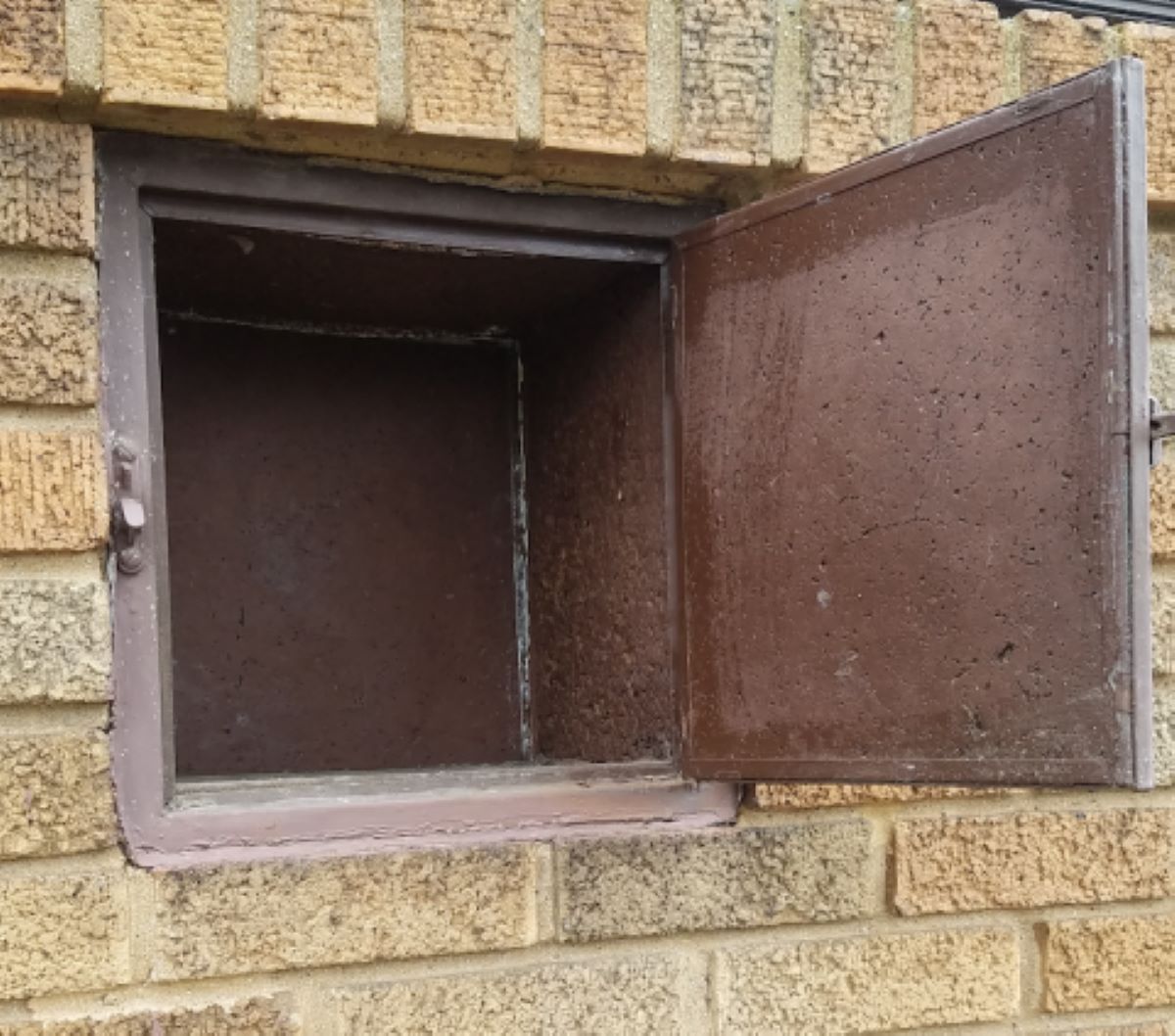
Back when refrigerators were luxuries, long before coffee creamer could be made shelf-stable, daily dairy deliveries were the primary way that cityfolk got their milk, cream, butter, and eggs. Most homes came with a small double-doored cubby, built right into the wall, to facilitate the handover from milkman to household. Essentially the original contactless delivery method, milk doors are making a major comeback thanks to the pandemic. Today’s versions are decidedly high-tech, featuring single-access codes for security and UV-disinfection lights for safety.
RELATED: The 21 Sneakiest Storage Spots We’ve Ever Seen
Laundry Chutes
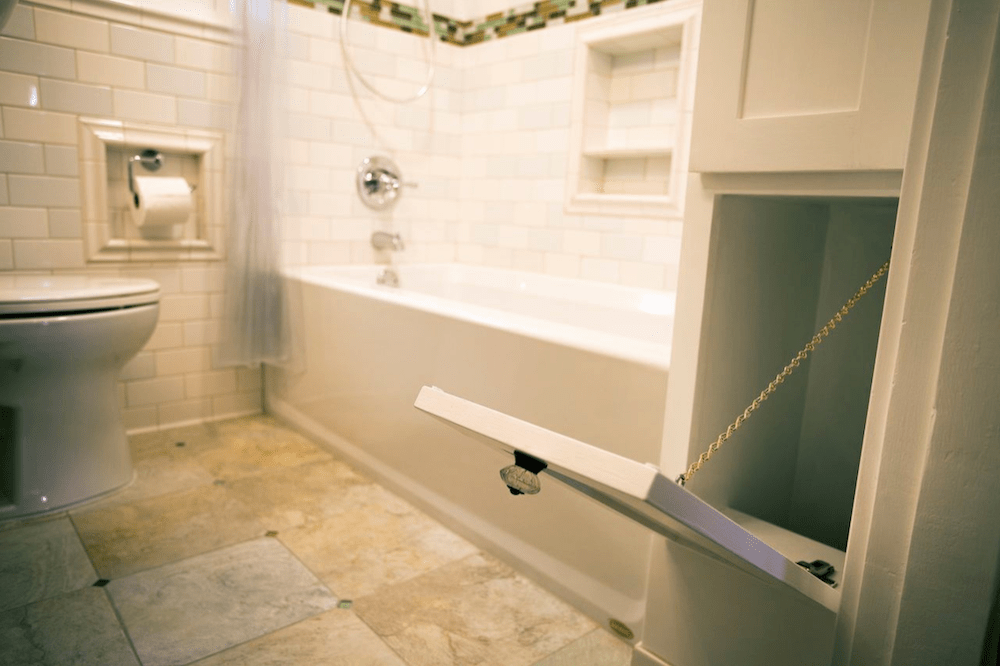
Why does a laundry basket full of dirty duds seem so much heavier than its clean-clothes counterpart? With a laundry chute, you can stop wondering and free up some brain cells to ponder other household conundrums. These nifty, behind-the-scenes shortcuts have a secret history that’s far from squeaky clean, but they remain a popular addition to new builds. Laundry chutes can even be retrofitted into existing houses, if it’s got the right infrastructure. Just stay safe and use common sense. (As tempting as it may be, do not attempt to slide down your chute, in other words.)
Hidden Bookcase Doors
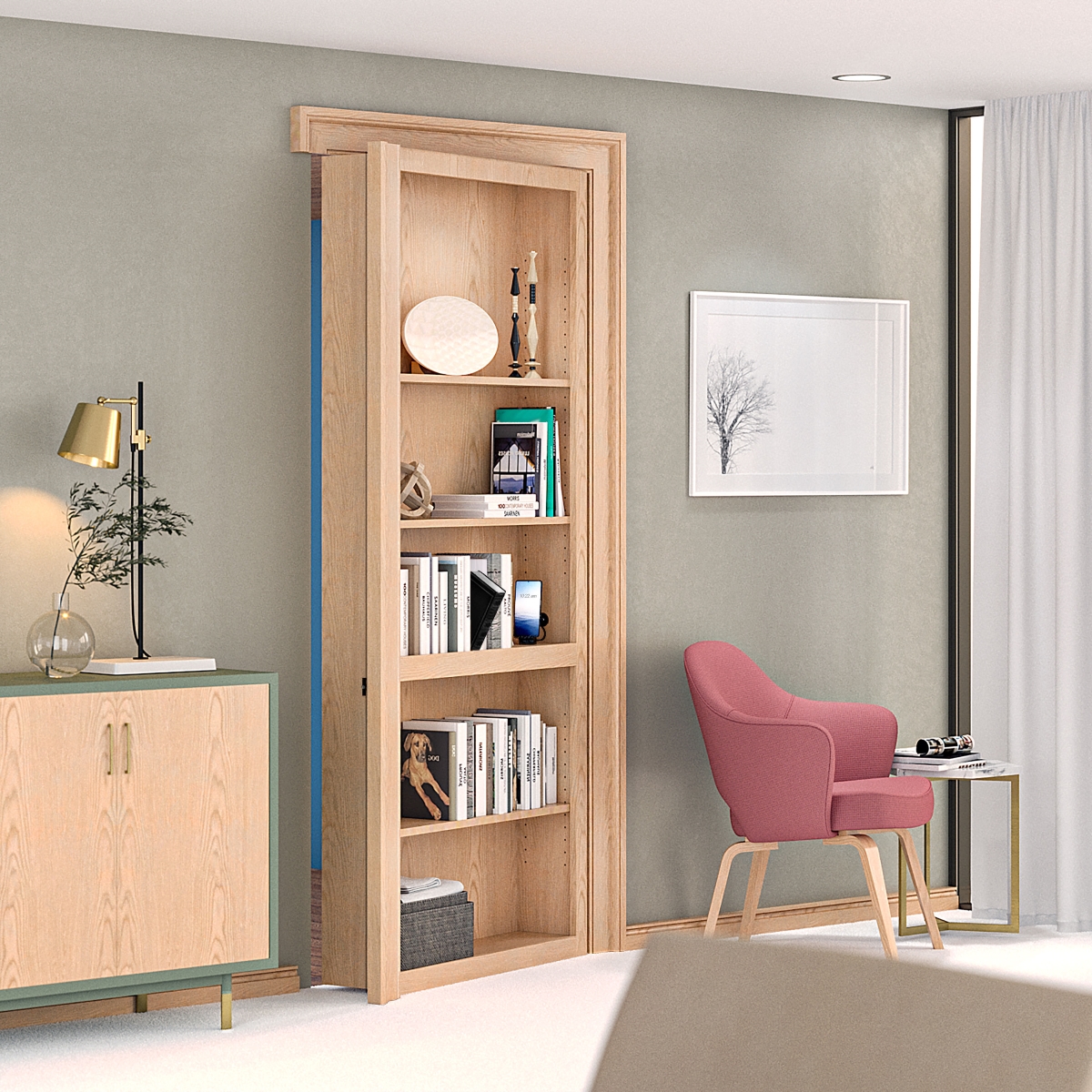
From “Young Frankenstein” to Harry Potter, Batman to “Only Murders in the Building,” secret doors are stock-in-trade movie and TV tropes. Most iconic of all, though, are those that take the form of a bookcase. Whether it opens by lifting a candlestick, removing a specific title, or playing notes on a piano, a hidden door that looks like an average set of shelves (also called a murphy door, like this bookshelf door at Home Depot) instantly makes any home incredibly cool. Novelty secret doors are easier to install in existing structures than a whole hidden room, of course, but both are a serious undertaking.
Pocket Doors
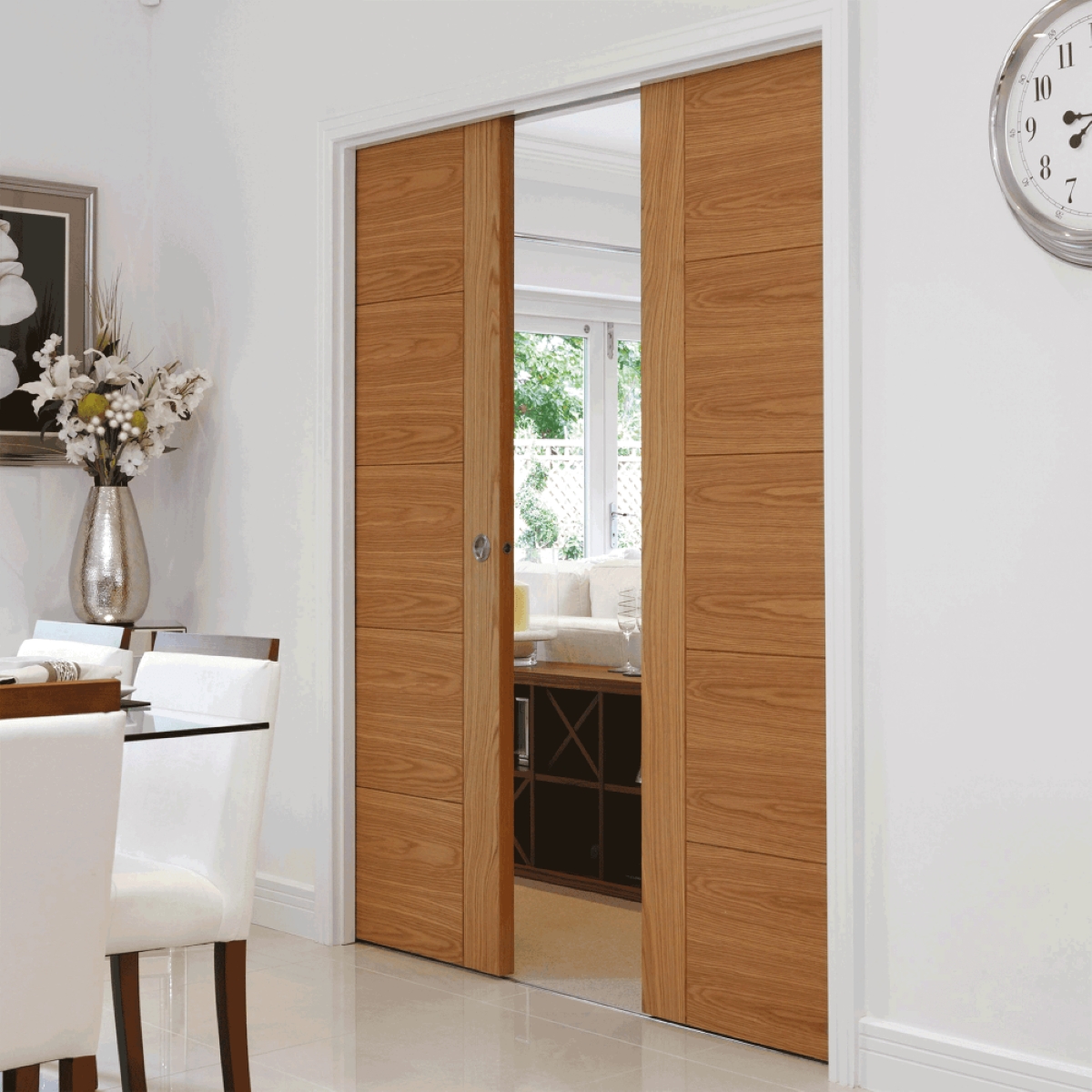
The open-plan home—an American institution for over half a century—has begun waning in popularity recently due to its energy inefficiency and, oddly enough, one of its original advantages, its inclusivity. It’s no wonder that the pocket door is poised to regain popularity now, as part of “broken-plan” design. These Victorian-era inventions can be pressed into service as necessary, when privacy and soundproofing are wanted. When they’re not in use, pocket doors slide away into the wall, opening everything back up again.
Transom Windows
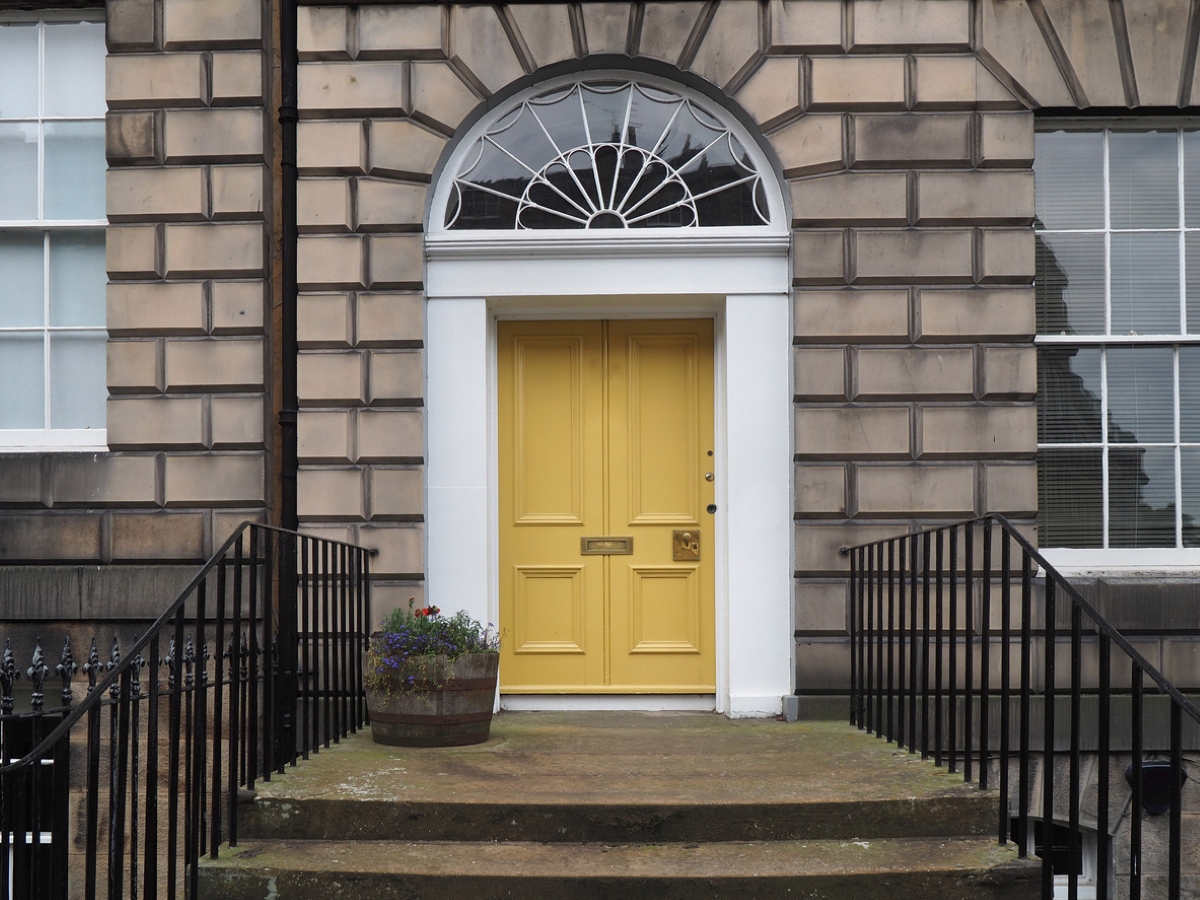
Transom windows are a way to invite more natural light inside. Some of these small windows atop the door frame also open to allow fresh air to enter, and all of them can offer beauty as well as the illusion of spaciousness. While transom windows are enjoying a renaissance, they aren’t suitable for every space; before deciding to install one, homeowners should check (and double-check) the structural requirements.
The Space Under the Stairs
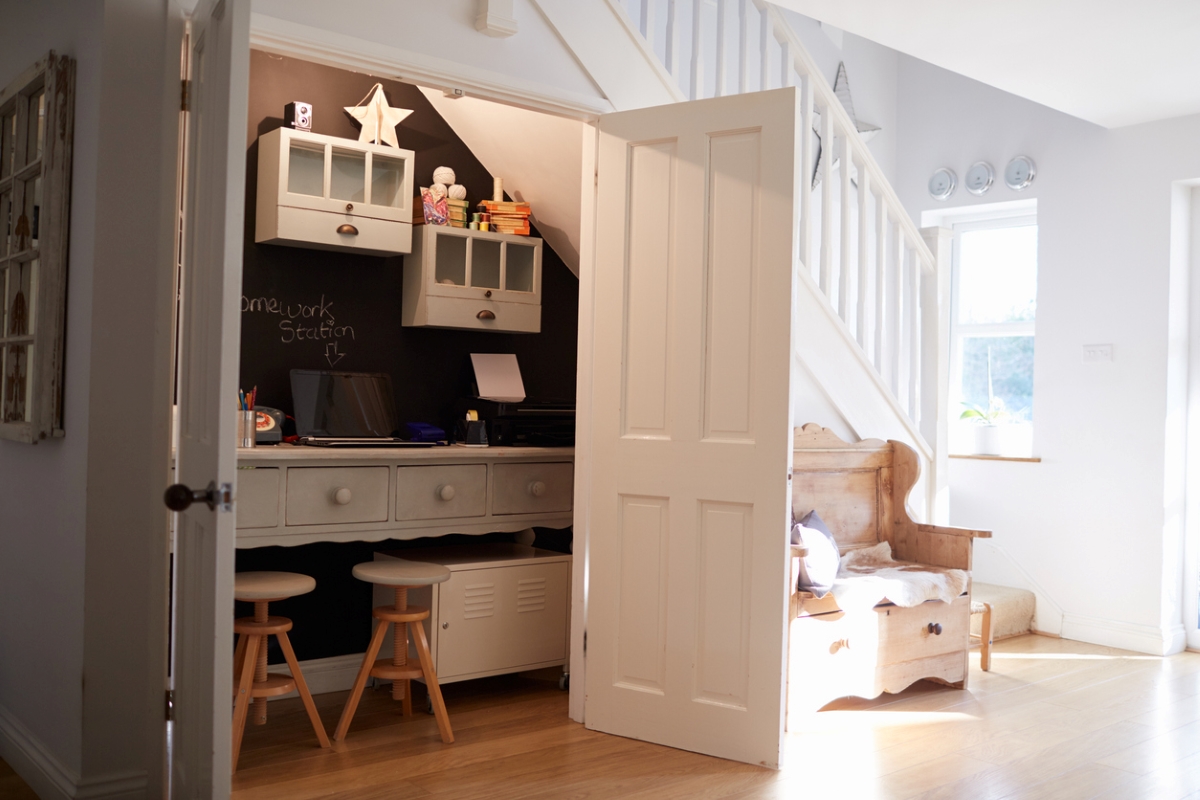
Even if you don’t have a Harry Potter-esque bedroom under your stairs, you can still make the most of this space that might otherwise go unused. Depending on the staircase’s size, shape, and location, the space beneath it can be transformed into a doghouse, reading nook, home office, laundry room, playroom, or even a magical, Harry Potter-themed space.
RELATED: The Most Cunning Secret Hiding Spots We’ve Ever Seen
Jib Cupboards
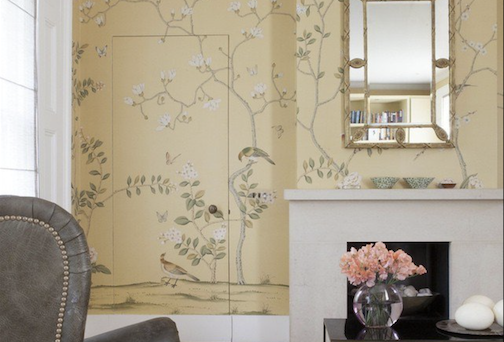
Any door that is flush-mounted so that it blends right into the surrounding wall is known as a jib door. These low-profile openings are often constructed without visible hardware, rendering them virtually undetectable and ideal for folks who love sleek, minimalist design. Jib doors can be used for cupboards, closets, or doors that lead to a hidden room, such as a butler’s pantry or an en-suite bathroom. They’re also useful for startling unsuspecting passersby.
